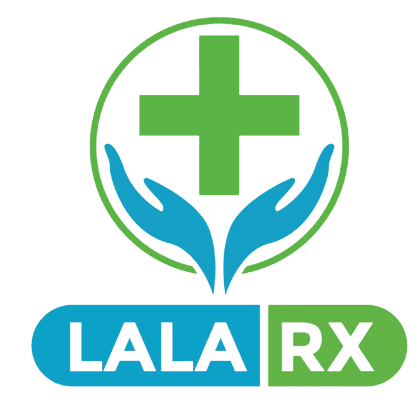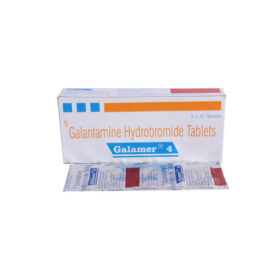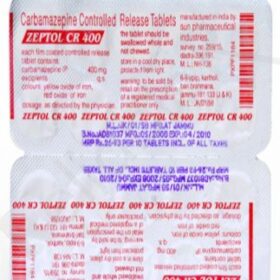Oxcarb Tablet is primarily used for the treatment of epilepsy or seizures. It’s important to understand how to use it, potential side effects, and safety considerations when taking this medication:
Uses of Oxcarb Tablet:
- Oxcarb tablets are prescribed for the treatment of epilepsy or seizures, helping to manage and prevent these episodes.
Storage:
- Store Oxcarb tablets in a cool, dry place below 30°C and protect them from direct sunlight.
How to Use Oxcarb Tablet:
- Do not crush, chew, or break Oxcarb tablets; swallow them whole.
- These tablets can be taken with or without food, but it’s advisable to establish a consistent daily routine for taking the medicine to maintain its effectiveness.
Side Effects of Oxcarb Tablet: Common side effects may include:
- Nausea
- Vomiting
- Dizziness
- Fatigue
- Nystagmus (involuntary eye movements)
- Tremors
- Vertigo
- Drowsiness
- Abnormal gait (walking pattern)
- Visual disturbances
- Abnormal voluntary movements
If you experience any of these side effects, it’s important to discuss them with your healthcare provider.
Safety Advice for Oxcarb Tablet:
- Alcohol: Avoid consuming alcohol while taking Oxcarb Tablet, as it may cause adverse reactions or intensify side effects.
- Pregnancy and Breastfeeding: Consult your doctor if you are pregnant or breastfeeding. They can provide guidance on the safety of taking this medication in these situations.
- Driving: It’s unsafe to drive while taking Oxcarb Tablet, as it can cause blurred vision and muscle weakness, which can impair your ability to operate a vehicle.
- Kidney and Liver Problems: If you have kidney or liver issues, you should consult your doctor, as Oxcarb Tablet is a potent medication that may require adjustments or monitoring in such cases.
Your healthcare provider will provide specific guidance on the safe and appropriate use of Oxcarb Tablet, tailored to your individual medical condition. Always follow their instructions and reach out if you have any questions or concerns.





